|
HISTORY
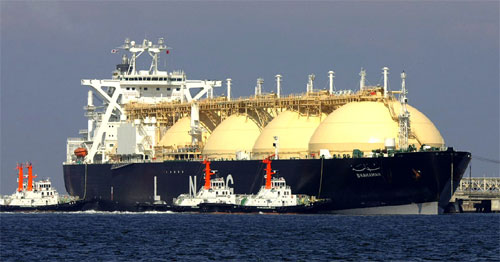 An
LNG carrier is a tank ship designed for transporting
liquefied natural gas (LNG). As the LNG market grows
rapidly, the fleet of LNG carriers continues to experience
tremendous growth. An
LNG carrier is a tank ship designed for transporting
liquefied natural gas (LNG). As the LNG market grows
rapidly, the fleet of LNG carriers continues to experience
tremendous growth.
The first LNG carrier Methane Pioneer (dwt 5034 tons) left
the Calcasieu River on the Louisiana Gulf coast on 25
January 1959. with the world’s first ocean cargo of LNG and
sailed to the UK where the cargo was delivered. Subsequent
expansion of that trade has brought us to today when giant
LNG ships carrying up to 266,000 m3 are sailing worldwide.
Until the end of 2005 a total of 203 vessels have been
built, of which 193 are still in service.
The success of the specially modified liberty ship Normarti,
renamed The Methane Pioneer, caused Shell to order two
purpose built LNG carriers to be constructed: the Methane
Princess and the Methane Progress. The ships were fitted
with Conch independent aluminum cargo tanks and entered the
Algerian LNG trade in 1964. These ships had a capacity of
27,000 cubic meters.
In the late 1960's opportunity arose to export LNG from
Alaska to Japan and in 1969 that trade was initiated. Two
ships, each with a capacity of 71,500 cubic meters were
built in Sweden. In the early 1970’s the US Government
encouraged US shipyards to build LNG carriers, and a total
of 16 LNG ships were built. The late 1970's and early 1980’s
brought the prospect of Arctic LNG ships with a number of
projects being studied.
With the increase in cargo capacity to ~143,000 cubic
meters, new tank designs were developed, from Moss Rosenberg
to Technigaz Mark III and Gaztransport No.96.
In recent years, the size and capacity of LNG carriers has
increased greatly. Since 2005, Qatargas has pioneered the
development of two new classes of LNG carriers, referred to
as Q-Flex and Q-Max. Each ship has a cargo capacity of
between 210,000 and 266,000 cubic meters and is equipped
with a re-liquefaction plant. |

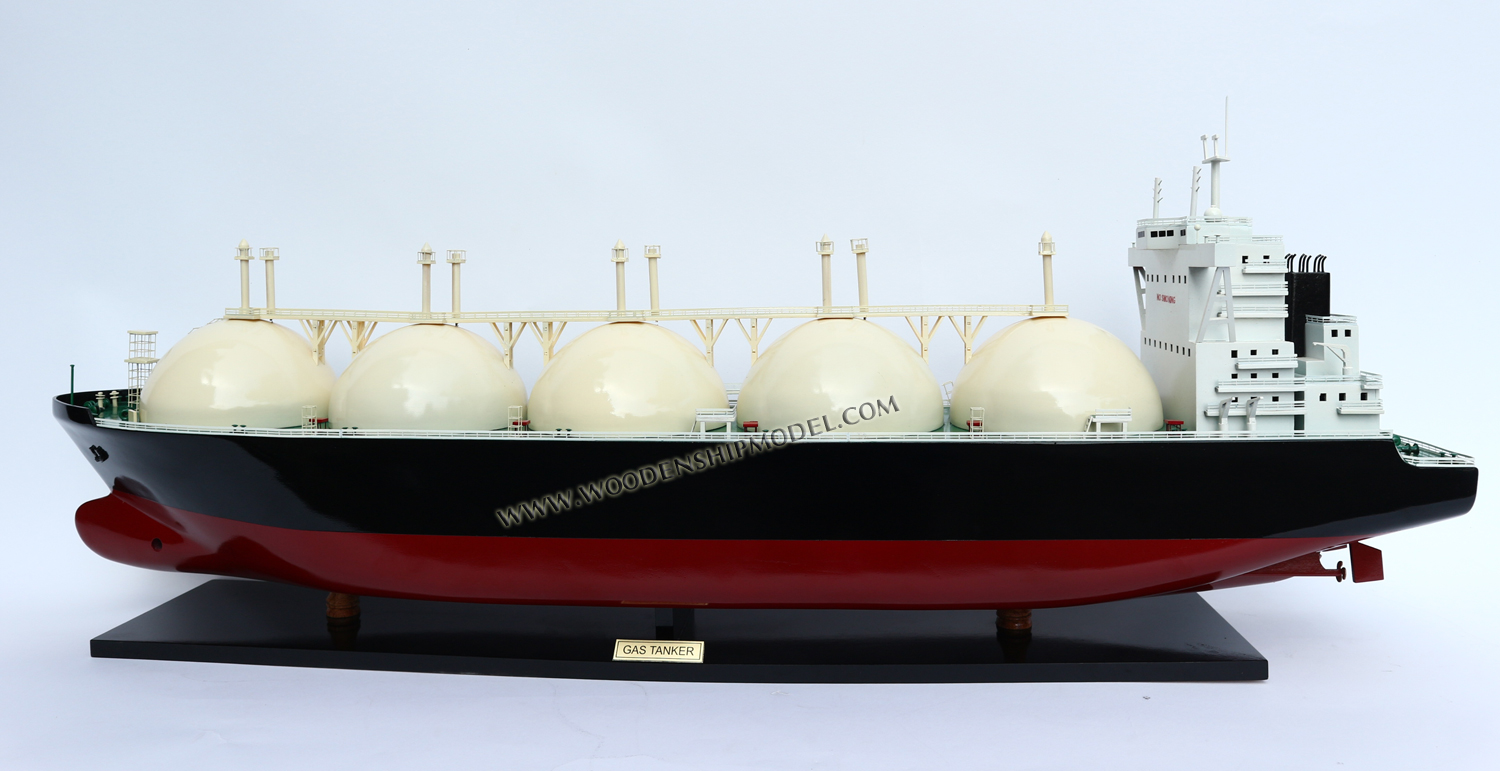
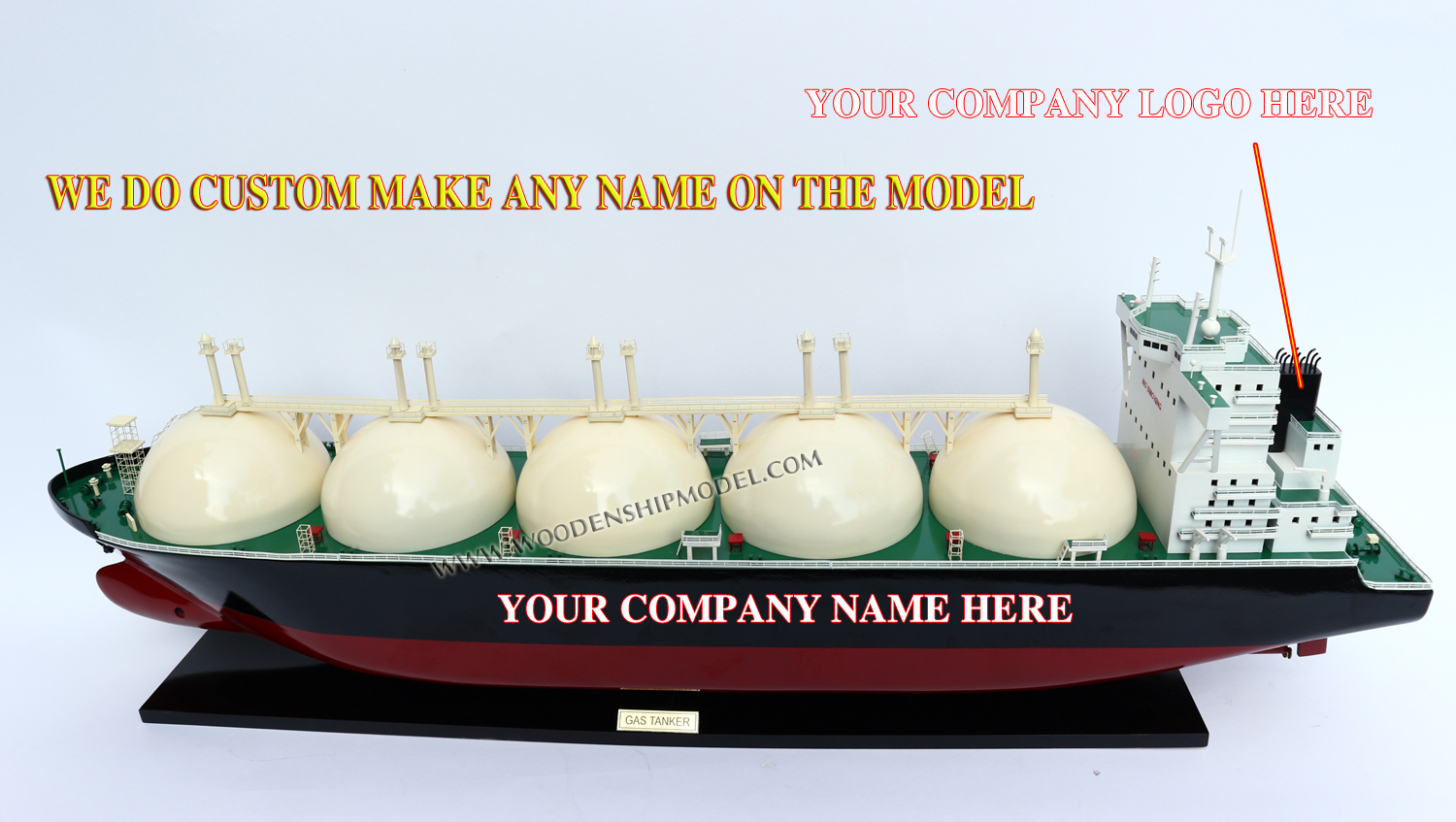
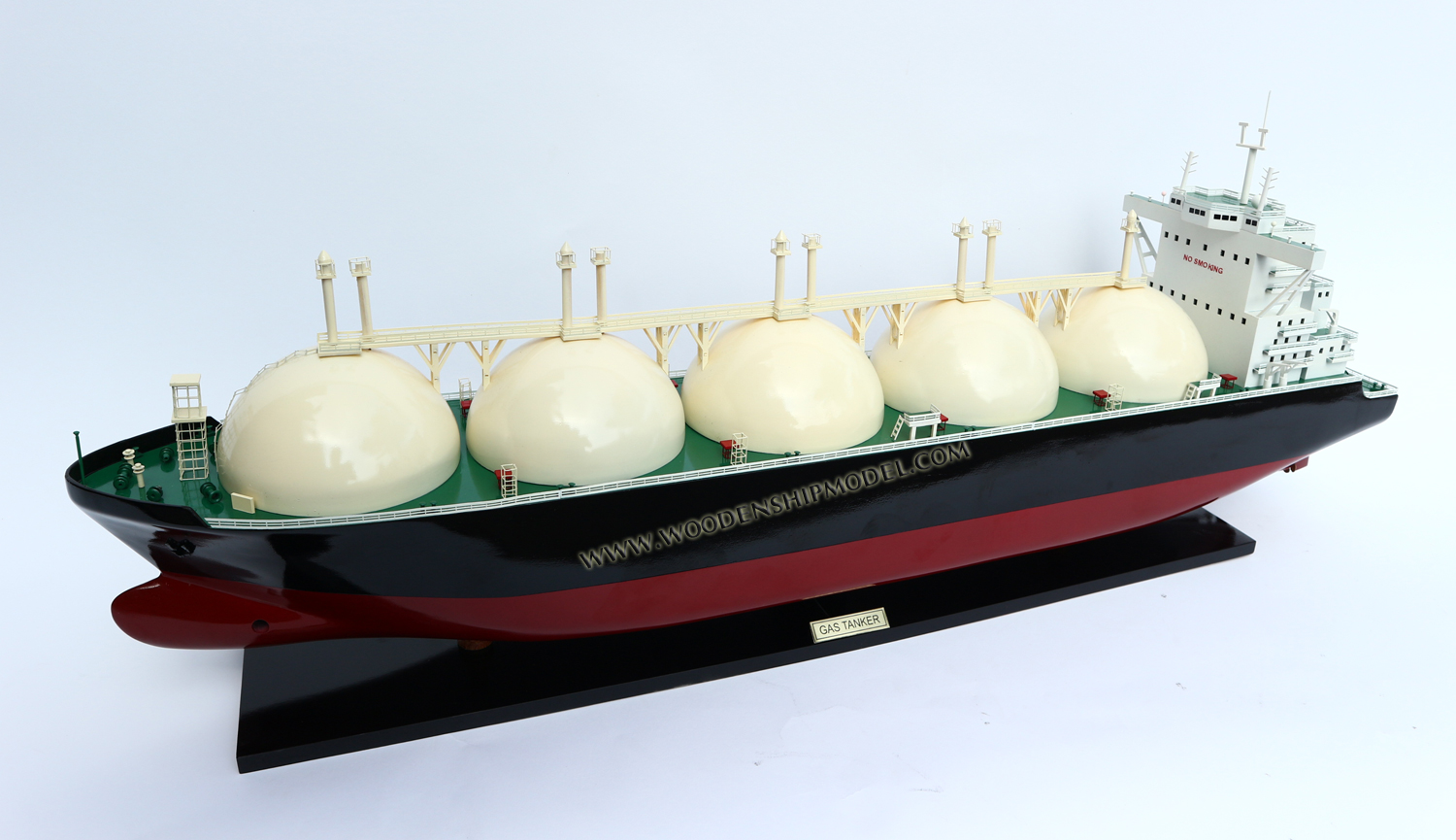
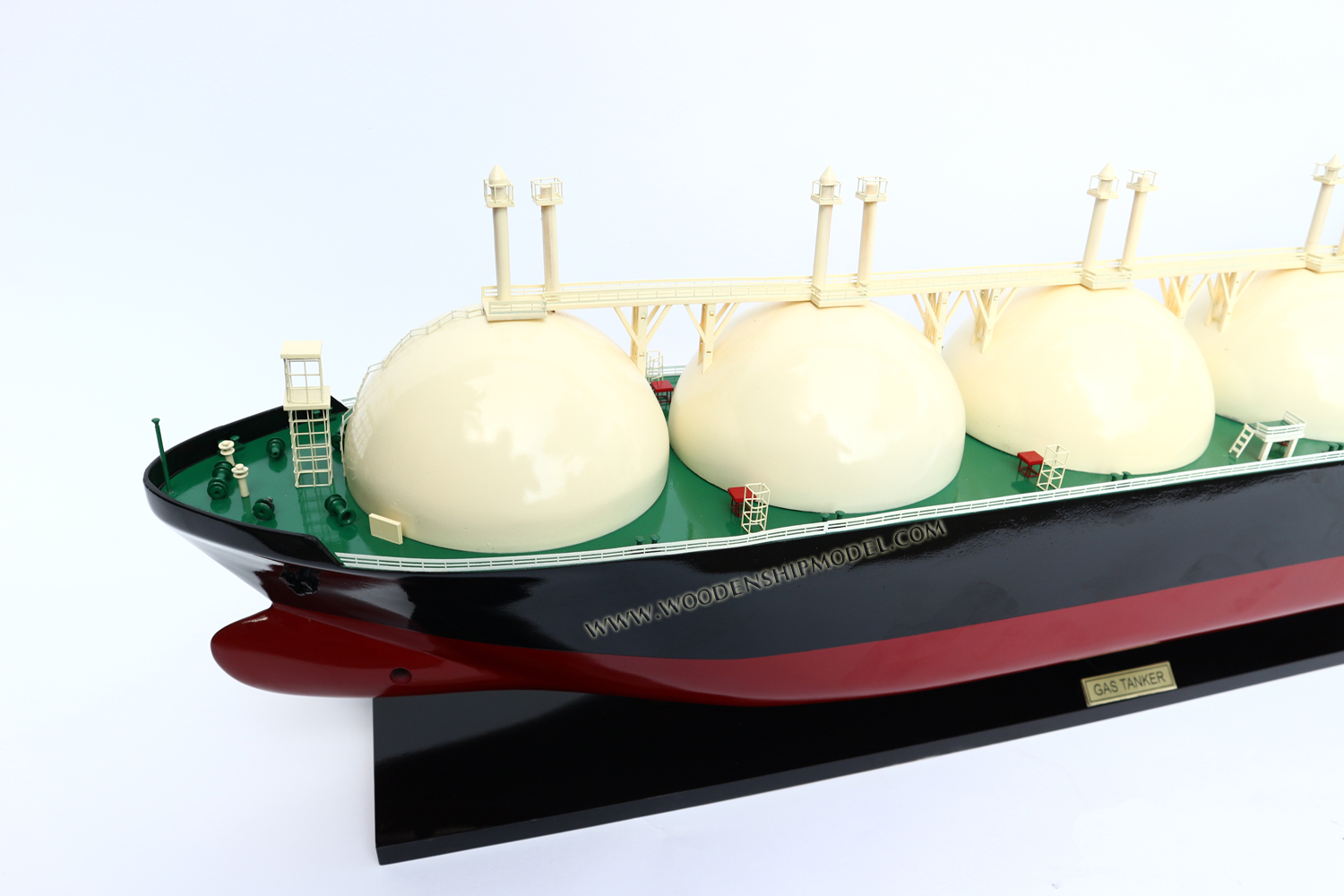
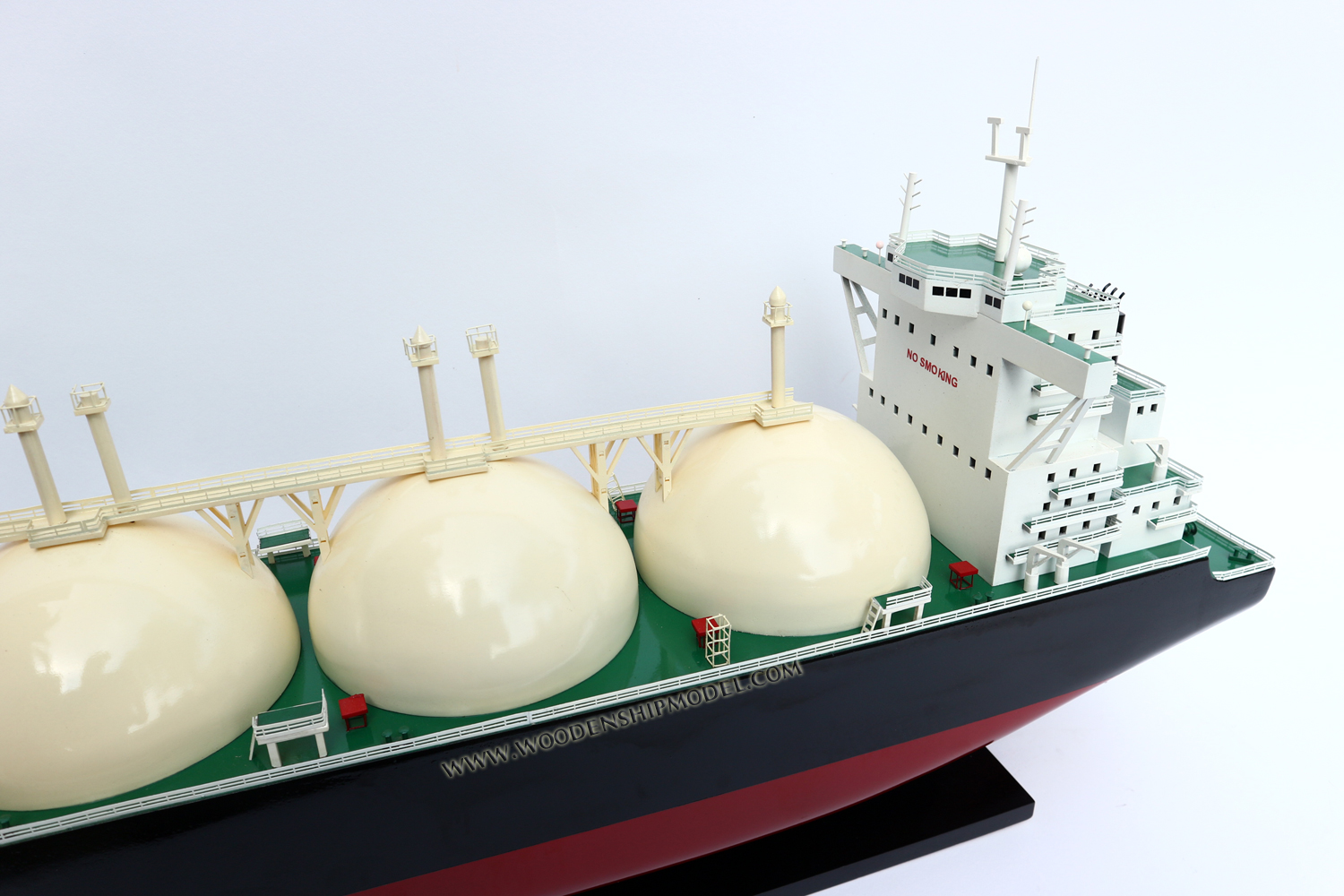
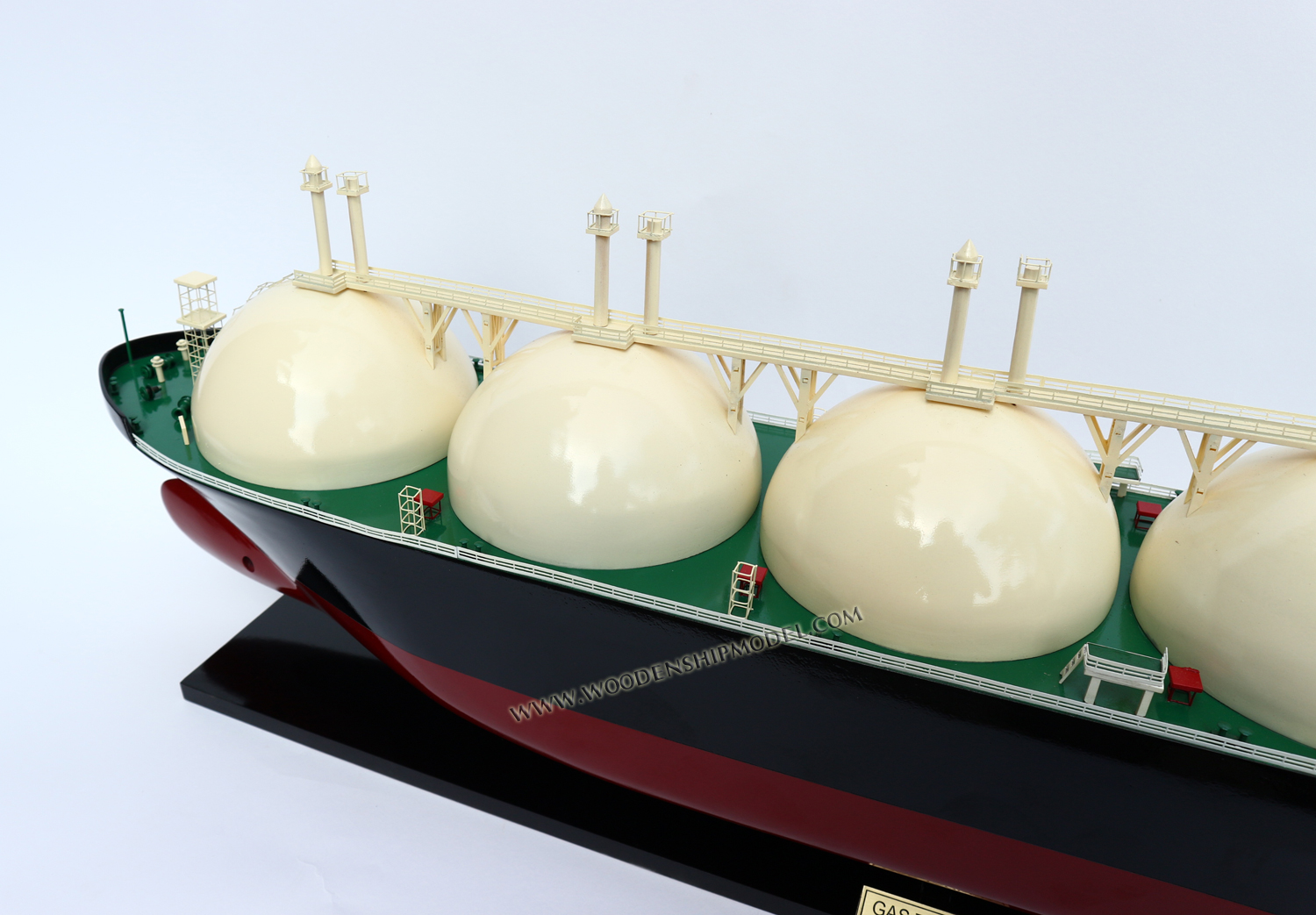
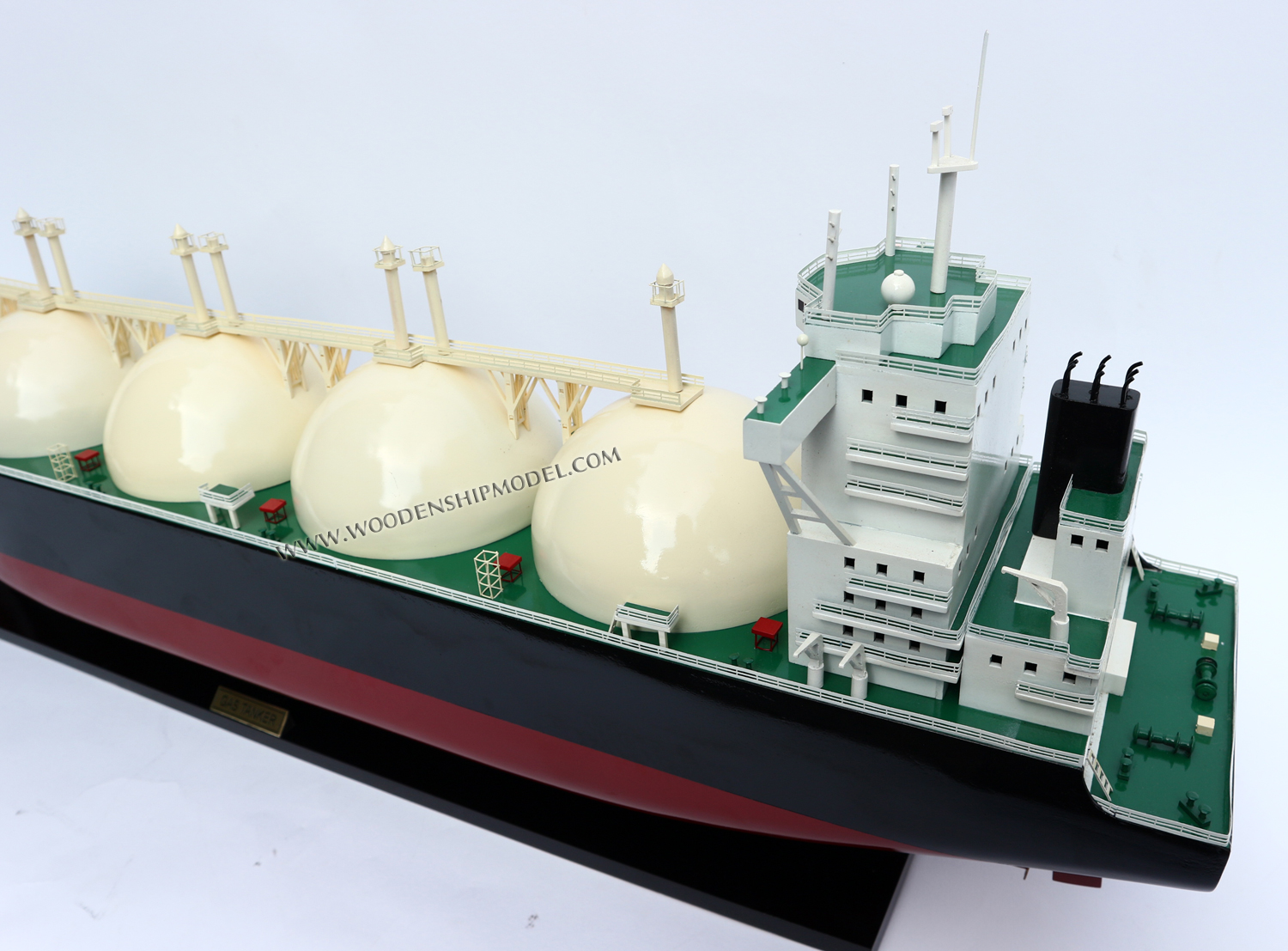
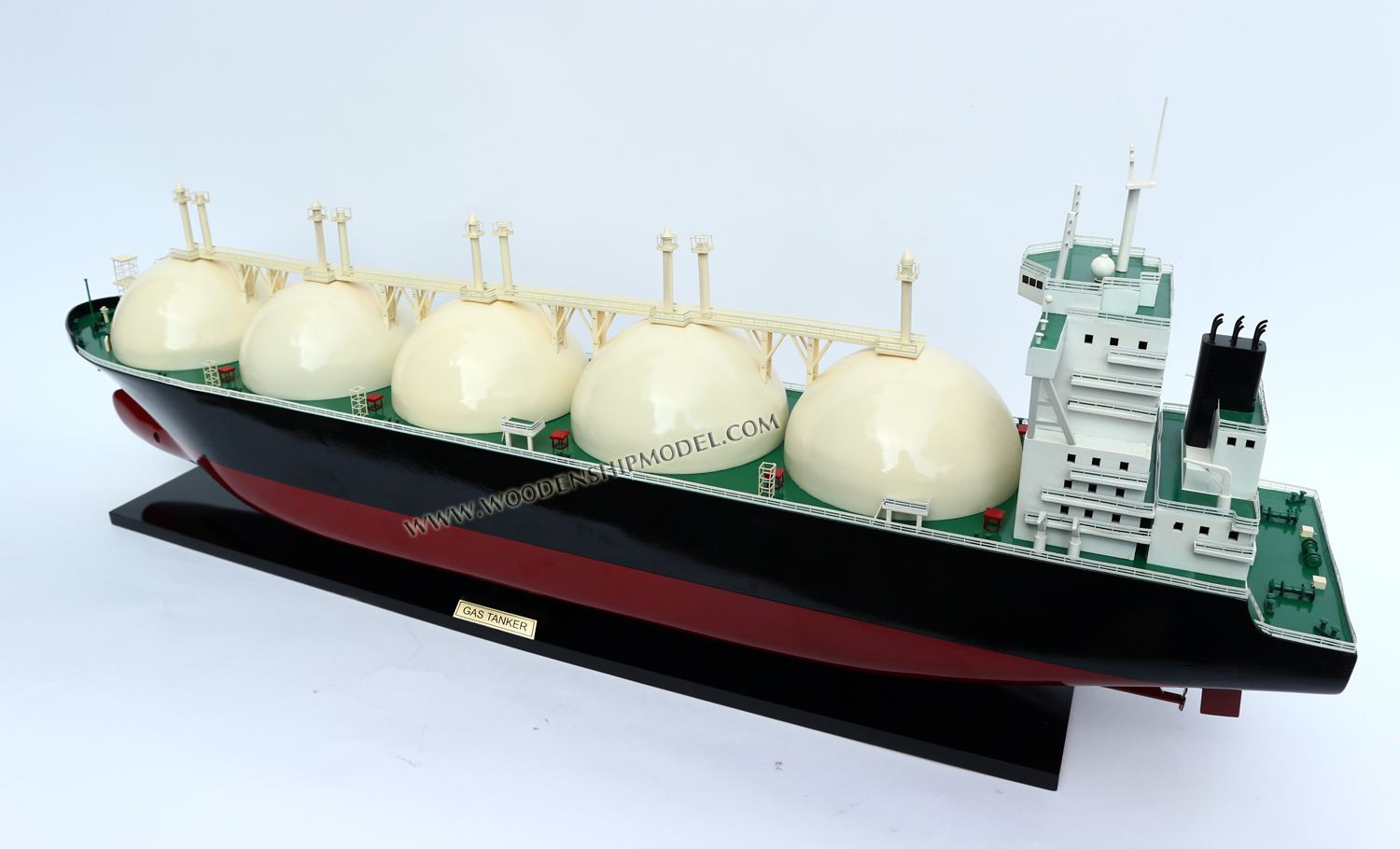
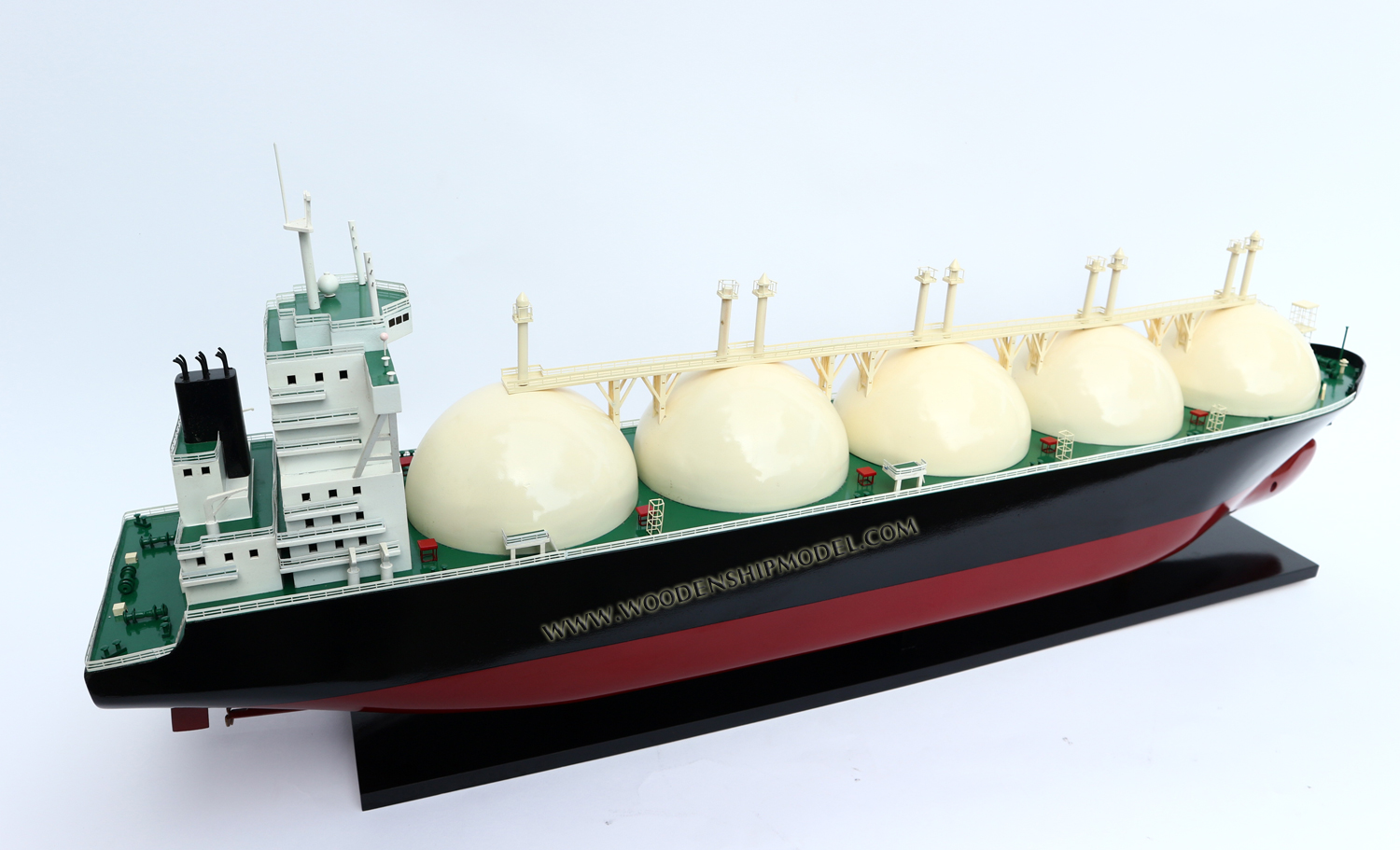
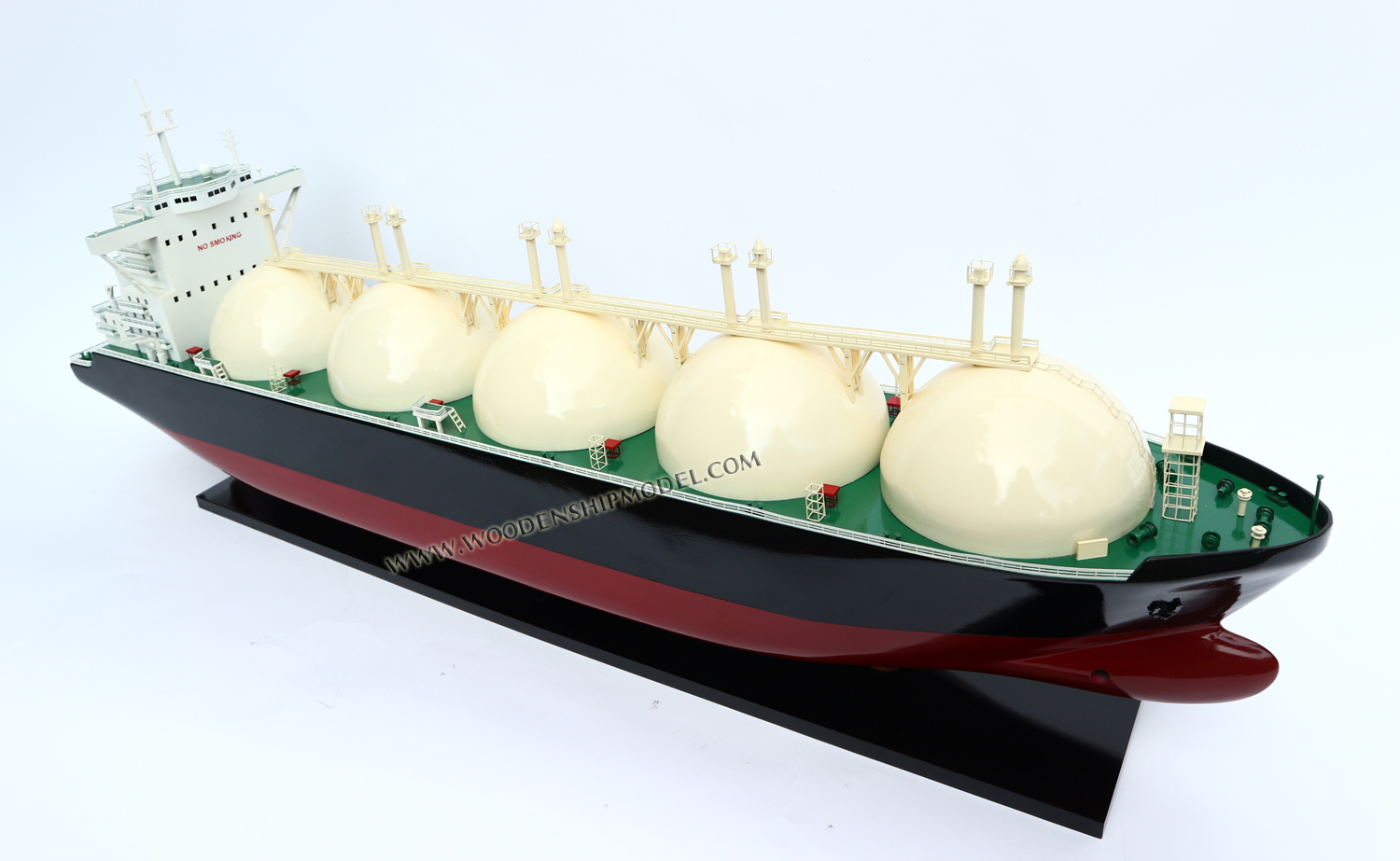
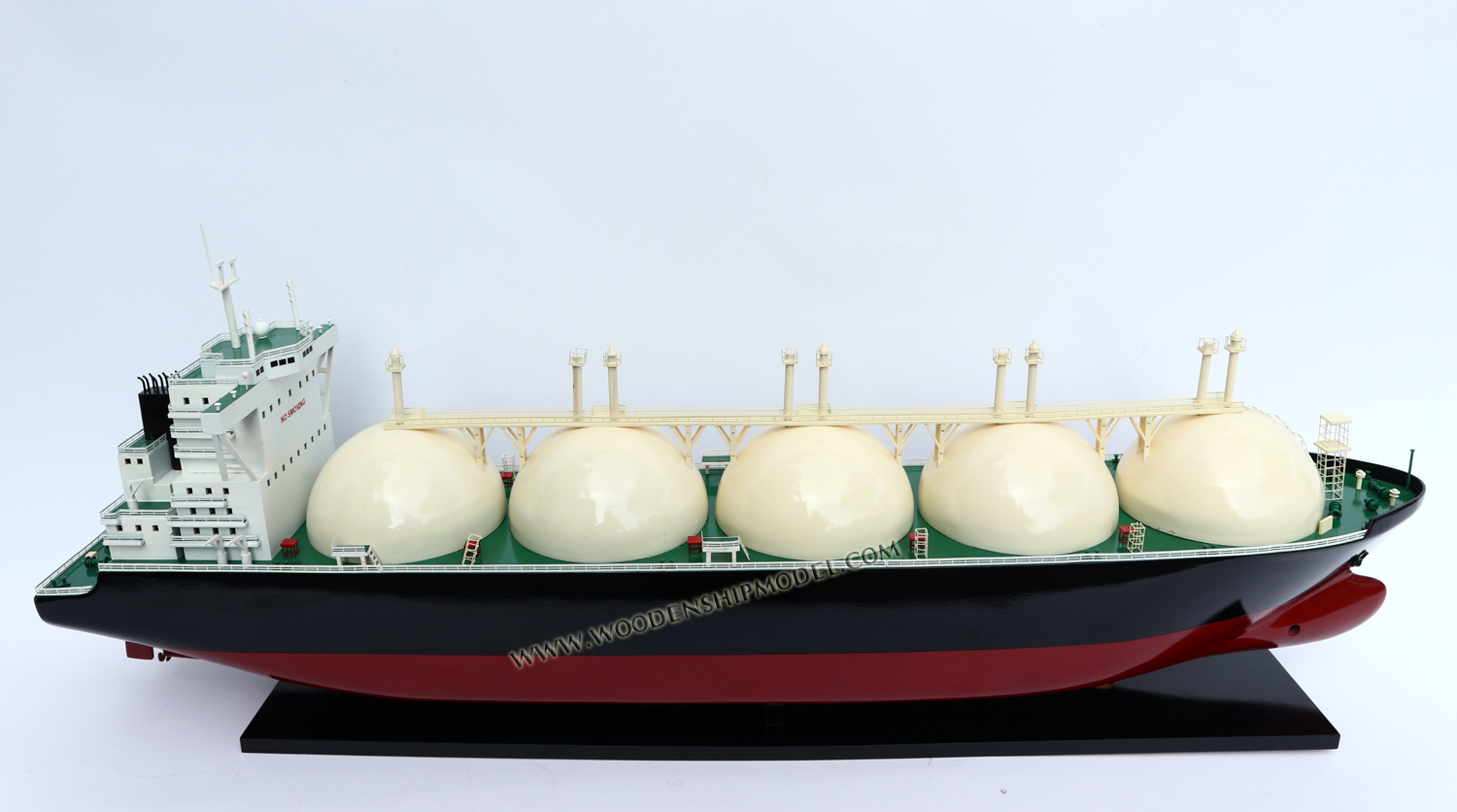
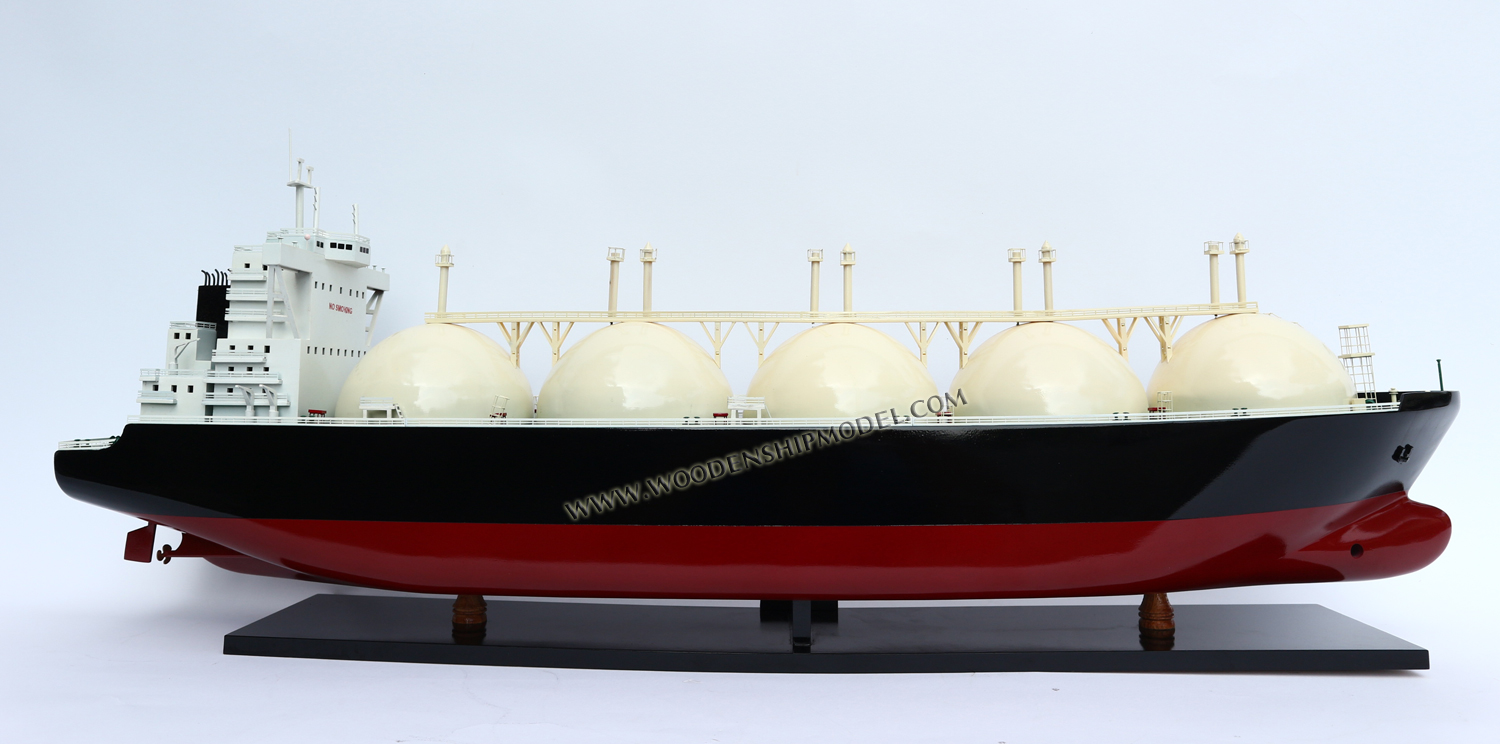
 An
LNG carrier is a tank ship designed for transporting
liquefied natural gas (LNG). As the LNG market grows
rapidly, the fleet of LNG carriers continues to experience
tremendous growth.
An
LNG carrier is a tank ship designed for transporting
liquefied natural gas (LNG). As the LNG market grows
rapidly, the fleet of LNG carriers continues to experience
tremendous growth.